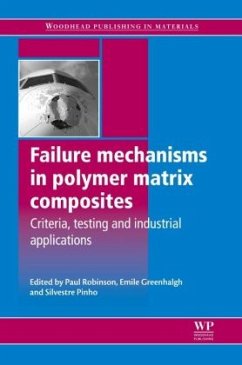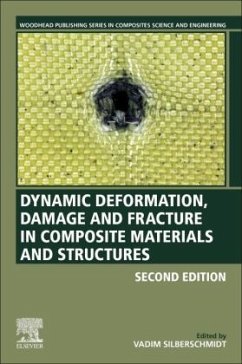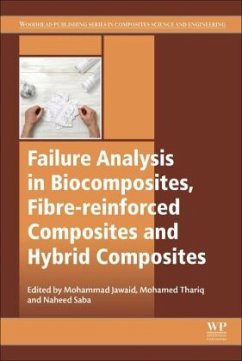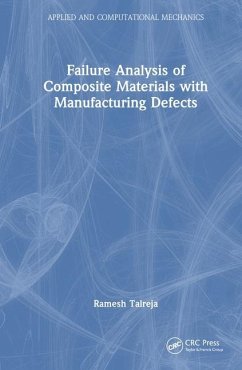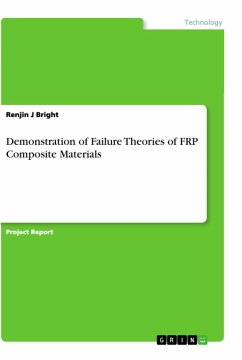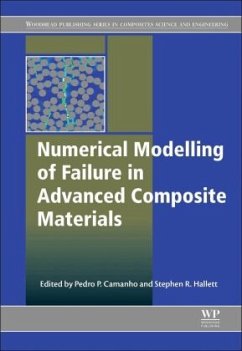
Composite Homogenization, De-Homogenization, and Matrix Failure
An Inter-Scale Approach
Versandkostenfrei!
Versandfertig in 6-10 Tagen
39,99 €
inkl. MwSt.

PAYBACK Punkte
20 °P sammeln!
This work presents a unified modelling approach forhomogenization and de-homogenization, applicable to unidirectional(UD) composite systems. Emphasis is placed on the uniqueness between the forward (homogenization) and the backward (de-homogenization) modelling processes; so the desired micro fields are truly recovered within the confines of mechanics. An inter-scale failure theory that describes matrix cracking in laminates is then formulated, being based on the recovered micro-fields. Laminate matrix cracking in several well-documented experimental studies are simulated using the inter-scale...
This work presents a unified modelling approach for
homogenization and de-homogenization, applicable to
unidirectional(UD) composite systems. Emphasis is
placed on the uniqueness between the forward
(homogenization) and the backward (de-
homogenization) modelling processes; so the desired
micro fields are truly recovered within the confines
of mechanics. An inter-scale failure theory that
describes matrix cracking in laminates is then
formulated, being based on the recovered micro-
fields. Laminate matrix cracking in several well-
documented experimental studies are simulated using
the inter-scale theory. The simulation
captures the major cracking characteristics that are
otherwise excluded in failure theories derived at
the homogenized composite scale.
The general concept of homogenization/de-
homogenization is applicable to all composite
systems, where responses from micro-macro-global
interactions are to be physically described.
The approach taken in the formulation of the inter-
scale theory serves as an example of both conceptual
and practical importance.
homogenization and de-homogenization, applicable to
unidirectional(UD) composite systems. Emphasis is
placed on the uniqueness between the forward
(homogenization) and the backward (de-
homogenization) modelling processes; so the desired
micro fields are truly recovered within the confines
of mechanics. An inter-scale failure theory that
describes matrix cracking in laminates is then
formulated, being based on the recovered micro-
fields. Laminate matrix cracking in several well-
documented experimental studies are simulated using
the inter-scale theory. The simulation
captures the major cracking characteristics that are
otherwise excluded in failure theories derived at
the homogenized composite scale.
The general concept of homogenization/de-
homogenization is applicable to all composite
systems, where responses from micro-macro-global
interactions are to be physically described.
The approach taken in the formulation of the inter-
scale theory serves as an example of both conceptual
and practical importance.



